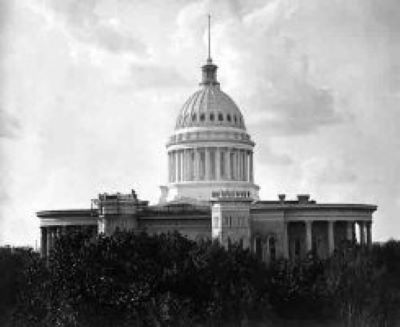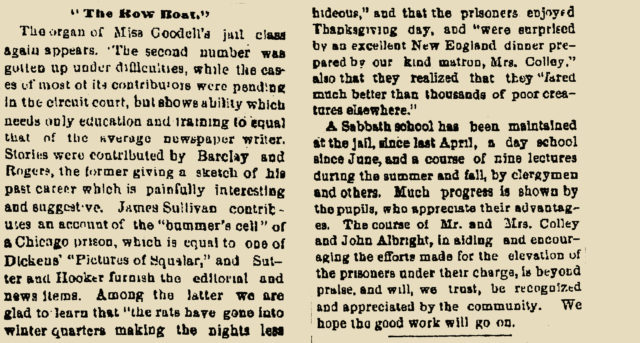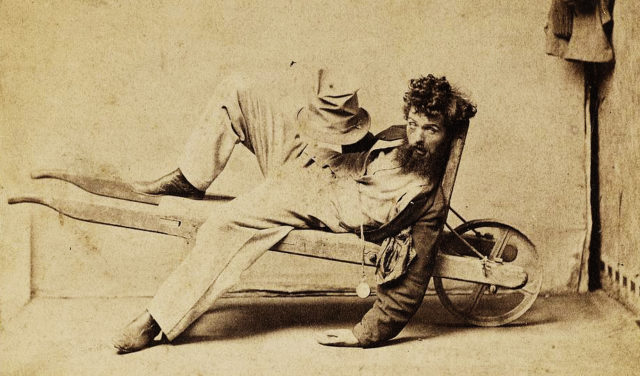“Was at the prison most of the day.”
Lavinia Goodell, March 18, 1879
During the years she practiced law in Janesville, Wisconsin, Lavinia Goodell was appointed to represent a number of criminal defendants. (Read more about her experience here.) She also started a jail school, believing that if the men were educated they had a much better chance of becoming productive members of society after their release.
Lavinia took a personal interest in the inmates and formed close relationships with some of them. She encouraged them to write to her. Some called her “Mother” and gave her photographs of themselves. Judging by the number of times she mentioned them and corresponded with them, two of her favorites were named Sutton and Sullivan. Both men were ultimately sent to the state prison in Waupun, Wisconsin. The prison had opened in the 1850s.

Lavinia visited Waupun to see her “boys” in March of 1879. According to her diary, she “Brought presents for the boys” and “had good talks” with Sutton, Sullivan, and others the night of her arrival.
Continue reading →












